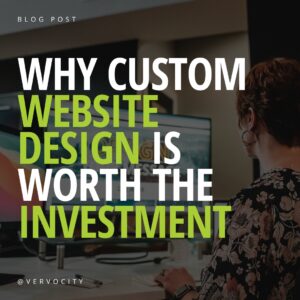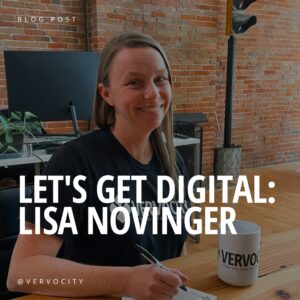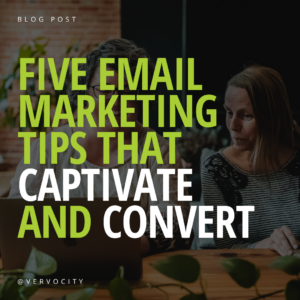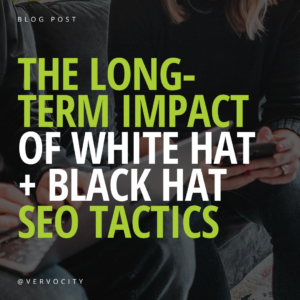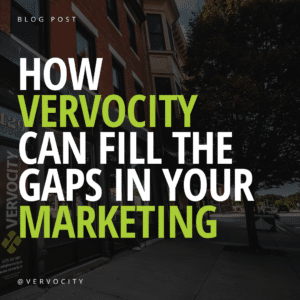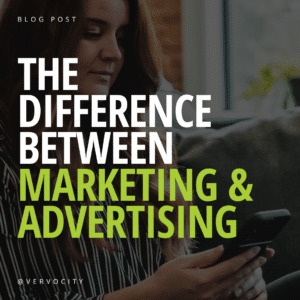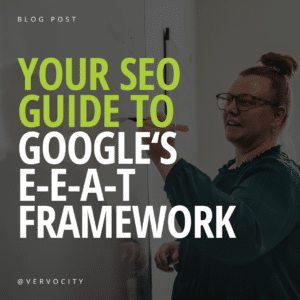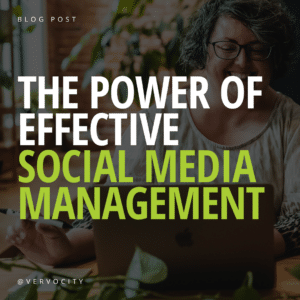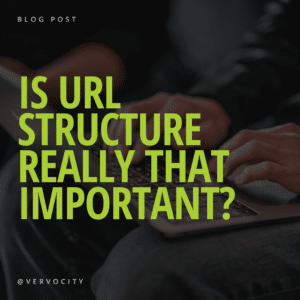Facebook offers an ad objective for nearly all social media advertising needs you might have. The term “ad objective” simply means a goal for a campaign. By choosing an ad objective, you are choosing a specific type of ad and they may each look a little different because they each have a different goal.
Facebook ad objectives are organized to help you funnel potential clients down your marketing funnel. They begin in the awareness phase and then move to the consideration and finally the conversion phase. In the awareness phase of the journey, potential leads first enter the marketing funnel and become aware of your business as a brand with the potential to provide goods or services. In the consideration phase, you’re able to build a better relationship with your follower and actually introduce them to and educate them on what you have to offer. Lastly, in the conversion phase, you’re taking your chance to convince a follower to make a purchase.
#1 … the Ad Objectives
There are currently 11 different ad objectives available. Let’s take a closer look at what each one has to offer. Keep reading beyond this list where we walk you through placing your ad!
In the awareness phase:
Brand Awareness
Use this element to introduce your brand to a completely new audience.
Reach
Push the fold and see how many unique people see your content.
In the consideration phase:
Traffic
Drive traffic to a specific website page.
Engagement
Take advantage of a good post and this element will drive likes, comments, shares, or photo views from a wide audience. This is also good to drive page likes or promote an event.
App Installs
Drive followers to install your mobile or desktop app.
Video Views
Show your video to a larger audience in order to increase brand awareness.
Lead Generation
Push to get new potential buyers into your marketing funnel.
Messages
Encourage your followers to reach out directly to you for more information about your goods or services.
In the conversion phase:
Conversions
Get people to take a specific action on your website. This might include subscribing to a newsletter or actually buying your goods or services.
Catalog Sales
Connect your ads to your catalog to show people ads for the products they are most likely to buy.
Store Visits
Encourage your followers to come visit you in person.
#2 … Placing your Facebook ad
It’s time to pick your ad objective. Make your decision based on your need within the marketing funnel. Conversion-oriented objectives require you to pay per action, but exposure objectives allow you to pay for impressions. This is what the page looks like.
Next, you need to pick your target audience. You can target by location, gender, and online behaviors, but take it a step further. Target people connected or not connected to your Facebook page. You can also create a custom audience by using a customer file to match your customers with people on Facebook, by creating a list of people who have visited your website or taken specific actions using the Facebook pixel, by creating a list of people who have launched your app or game, or by creating a list of people who have engaged with your content on Facebook or Instagram.
Now set your budget. Decide how much money you want to spend on your ad. Ad objectives will either let you do this by daily or lifetime budget. Set your start and ends dates, deciding whether your ad will start immediately or be scheduled for a future run.
As you’re filling out all of these options, watch the right side of the page. This section is called your Audience Definition and it keeps a meter to show you whether your audience is too specific or too broad.
Once the planning part is complete, Facebook will allow you to create your actual ad. Every ad objective is different, but you might be allowed to upload multiple images into a carousel, upload a single image, use a single video, create a slideshow, or upload an entire collection of photos. You’ll see a preview of the ad as you are creating it and then you can confirm the ad to finish the process.
#3 … a Few Tips
Use your best photos and videos. Clean, clear, and captivating images and videos capture the audience’s attention and get a better ROI. Don’t forget to follow the Facebook Advertising Policy.
Include a call to action so that the viewer is prompted to continue on the marketing funnel journey. A CTA might include a link to click on or a phone number to call.
Experiment with your audience to test your ad delivery results. Maybe with your first ad objective, you can be concerned with creating a broad audience with interest groups and the next can be more centrally located based on a zip code or city location. Use the results to identify top performing campaigns.
Change out your ads now and then. Don’t run the same thing over and over as you can saturate the market and begin to see a decline in numbers. Make your best effort to keep things fresh and new!
Lastly, don’t be afraid to use the Facebook pixel. This is a small code that can be entered into the code of your website to appropriately track visitors and actions.
If you’re in need of help for the Facebook pixel installation or any other part of the Facebook ad creation process, don’t hesitate to contact Vervocity in Quincy, IL. We are equipped to handle everything from A to Z and we’ll take the pressure off immediately! Call (217) 222-1451 for details.

